1
__type=
Articles
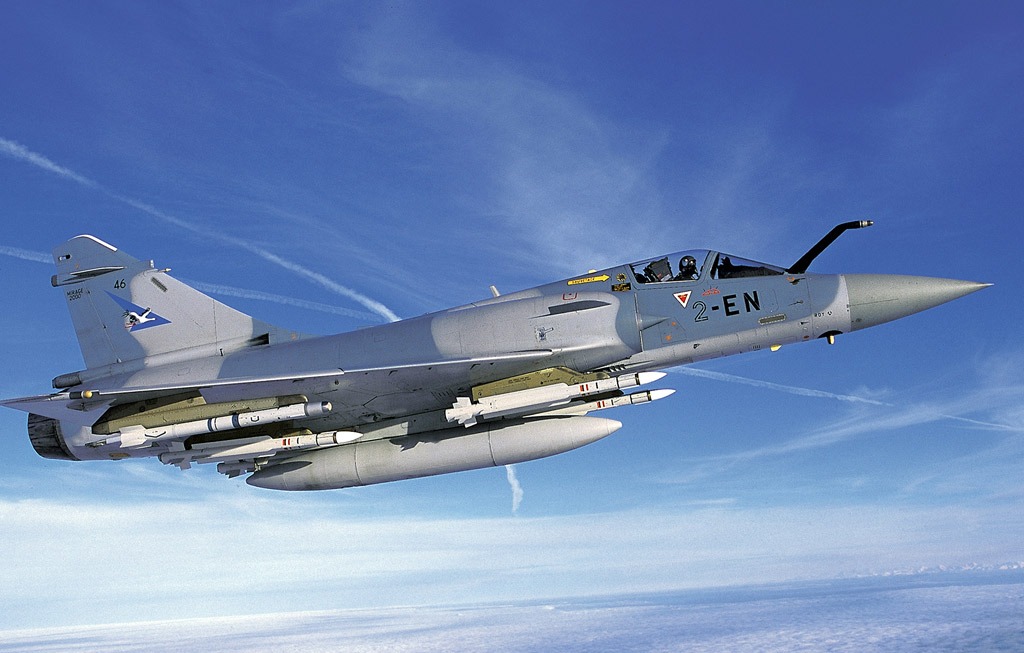
Mirage 2000-5F: is it a worthy addition to the F-16?
The Mirage 2000-5 fighters, the transfer of which to Ukraine was announced by the French government, became an addition to the F-16 that European countries would transfer to Ukraine in […]

Pbv 302: second life in the Ukrainian Defense Forces
Armored personnel carriers of the Pansarbandvagn 302 family (pbv 302) have been in service with the Swedish army since 1960 and have been used in all mechanized units as the […]

GBU-39 in Ukraine: A small bomb where tactics matter more than size
Recently, the Ukrainian Air Force showed new weapons – American GBU-39 small diameter precision-guided glide bombs, which, apparently, have already been dropped on the heads of the Russian invaders. The […]

Analyzing S-200’s Range: Can it Shoot Down Aircraft 300 km Away?
The recent downing of two Russian A-50 airborne early warning and control aircraft and a Tu-22M3 bomber proved the Ukrainian army’s capability to intercept large targets effectively. According to statements […]
The first Abrams in battle in Ukraine
Abrams tanks in service with the Ukrainian Armed Forces became the reality of a fantastic scenario that couldn’t be imagined a few years ago. For the United States, M1 Abrams […]
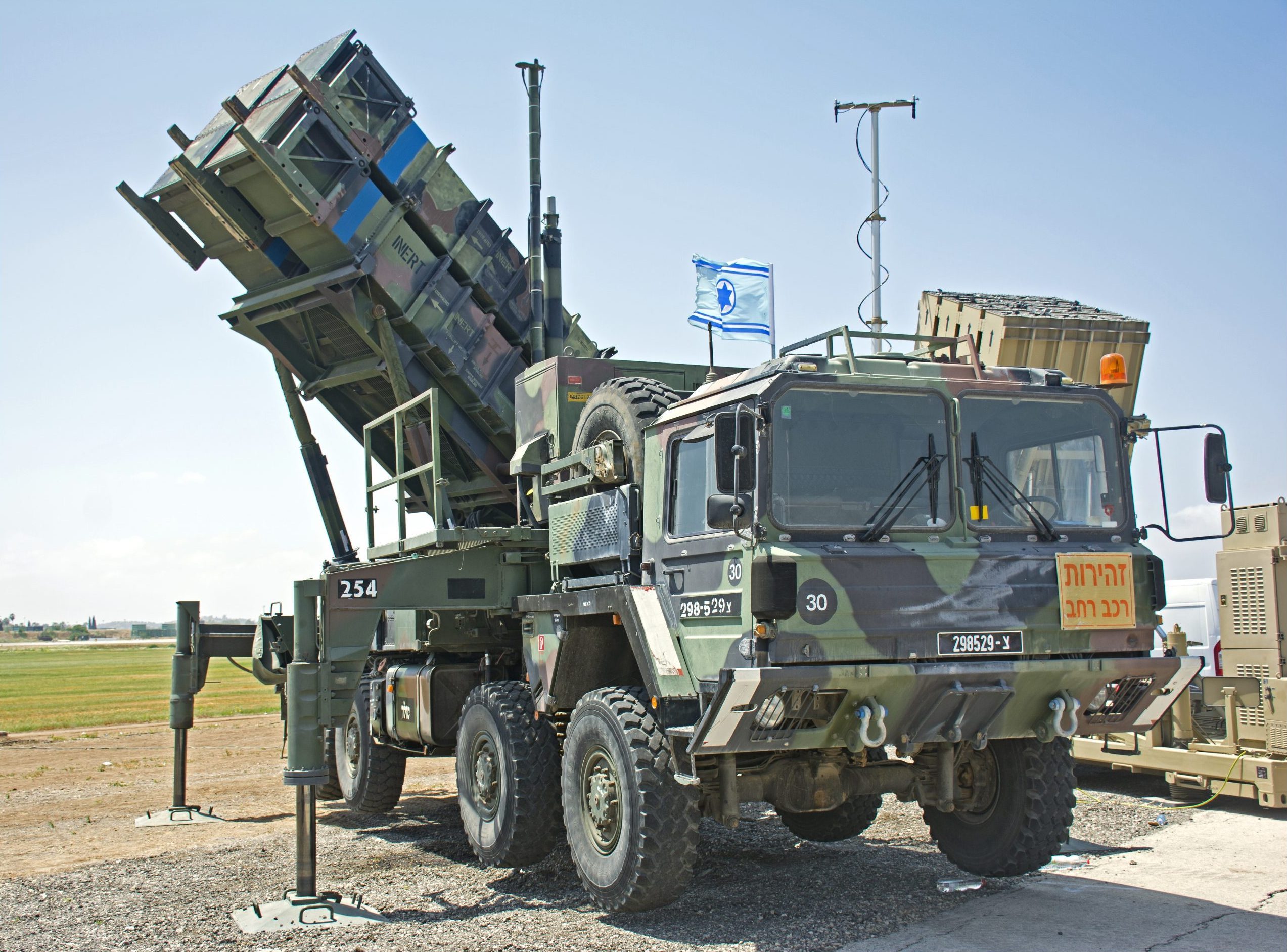
Israel’s Patriot Air Defense: Counting Systems and Assessing Capabilities
The news regarding the Israeli army’s decision to decommission Patriot anti-aircraft systems has garnered significant attention online and sparked speculation about the potential purchase of these systems by European countries […]
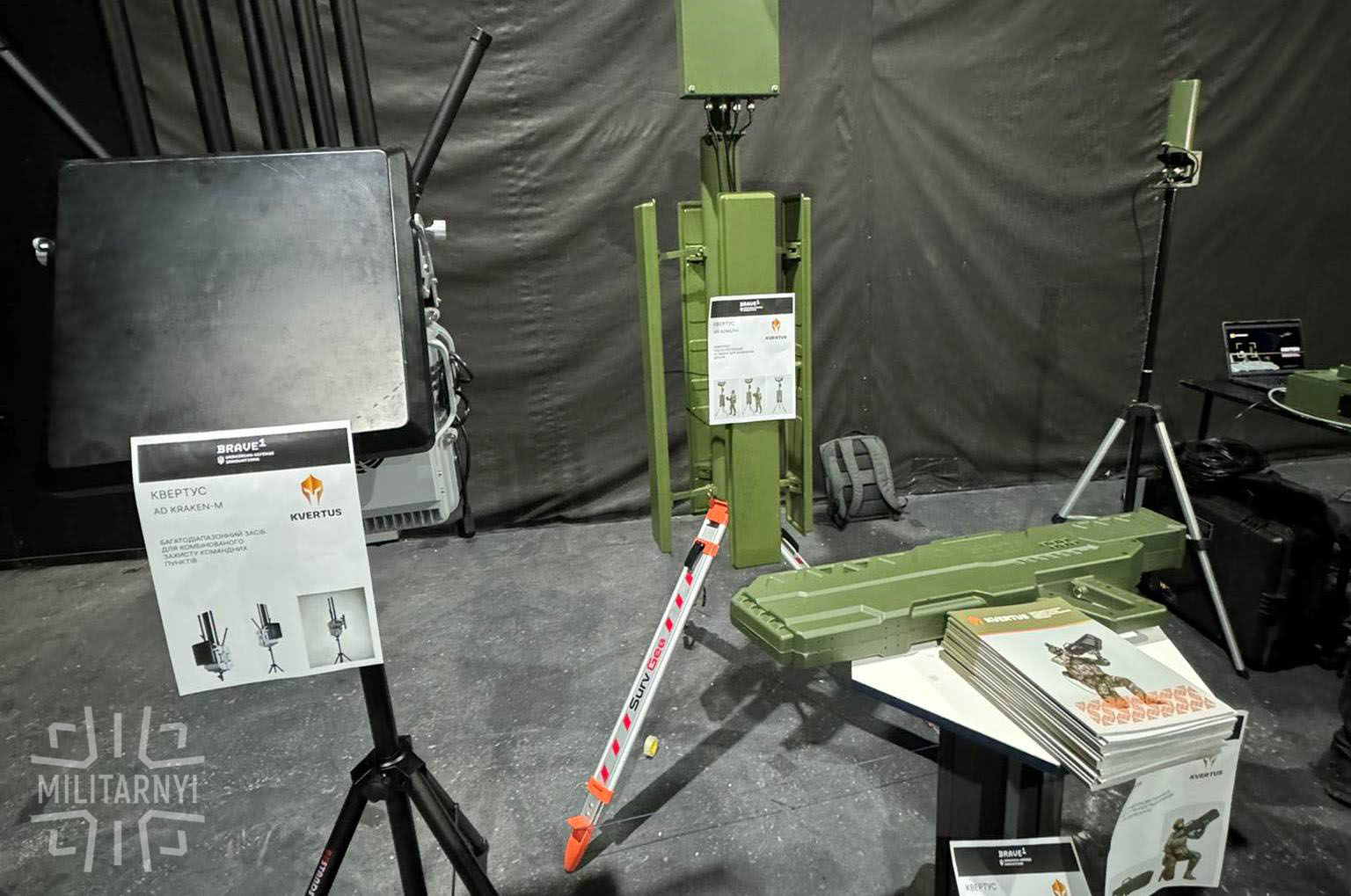
Perspective Market of Ukrainian Short-Range EW Systems
In Ukraine, more than 50 manufacturers are working on the development of more than 100 electronic warfare (EW) and Signals Intelligence (SIGINT) systems. Ukrainian companies receive active support from Brave1 […]
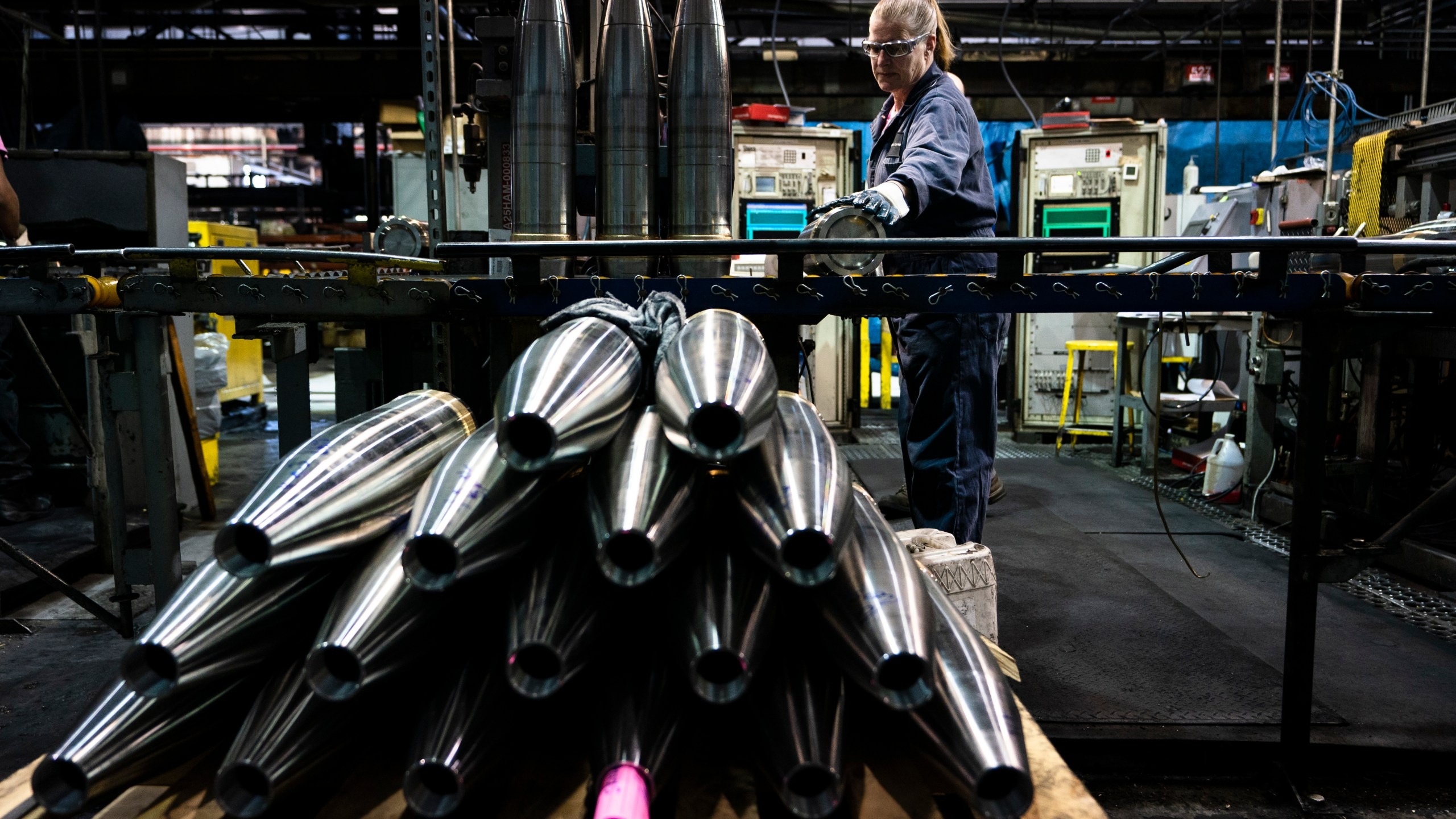
Production of shells: overview of the manufacture of shell body
Classic weapons, in particular artillery, remain one of the key advantages on the modern battlefield, despite its technological advancements and the large-scale combat operations in Ukraine. We’re hearing more about […]

Artillery System 90 (AS-90): Royal 155mm Asset in Ukraine
The transfer of AS-90 artillery systems (L131 – British designation) by the United Kingdom to Ukraine provided the Ukrainian Armed Forces with not only a quantitative but also a qualitative […]

Murom: Russia’s Watchful Eyes Monitoring the Ukrainian Armed Forces
The Russian military is actively deploying Murom-P long-range video surveillance systems on the territory of Ukraine. These “eyes” monitor the actions of the Defense Forces of Ukraine and immediately alert […]

Bohdana ACS: Ukraine’s Pursuit of Optimal Chassis or Artillery Build-Up?
The Defense Forces are increasingly sharing photos and videos of the combat operations of the 2S22 Bohdana self-propelled howitzers, developed by Ukrainian defense industry specialists. This 155mm howitzer is mass-produced […]

French Caesar with a Ukrainian Accent: Artillery that Mercilessly Destroys the Infantry and Armored Vehicles of Russian Invaders
Ukraine will receive dozens of new French CAESAR self-propelled howitzers within the framework of the Artillery Coalition. These howitzers will join similar self-propelled guns, which have been used by the […]
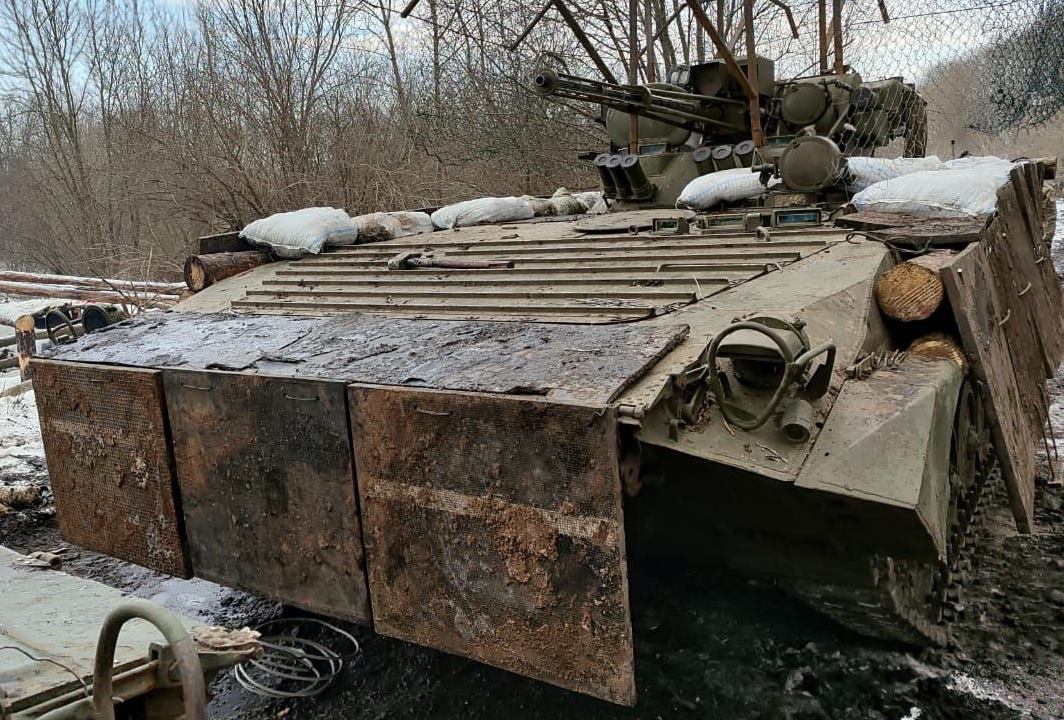
Shkval: How Ukraine-Modernized BMPs Ended Up in Russia and Fight Against the Defense Forces
In the autumn of 2023, reports emerged indicating that Russian invaders had started deploying Ukrainian-modified BMP-1 vehicles captured during the Russo-Georgian War. In particular, these reports referred to the BMP-1U […]

Child Labor, Gold and Iranian Spare Parts: How is the Russian ‘Shahed’ Factory Arranged?
Shahed-136 drones have become a symbol of Russian terrorism and night attacks in the Ukrainian sky. Until now, however, their production was under the cover of secrecy. But on February […]


 Андрій Тарасенко
Андрій Тарасенко 
 Юрій Юзич
Юрій Юзич 
 Віктор Шолудько
Віктор Шолудько 
 Роман Приходько
Роман Приходько 

 Андрій Харук
Андрій Харук 


 Yann
Yann 
 СПЖ "Водограй"
СПЖ "Водограй" 

 ГО "Військова школа "Боривітер"
ГО "Військова школа "Боривітер" 


